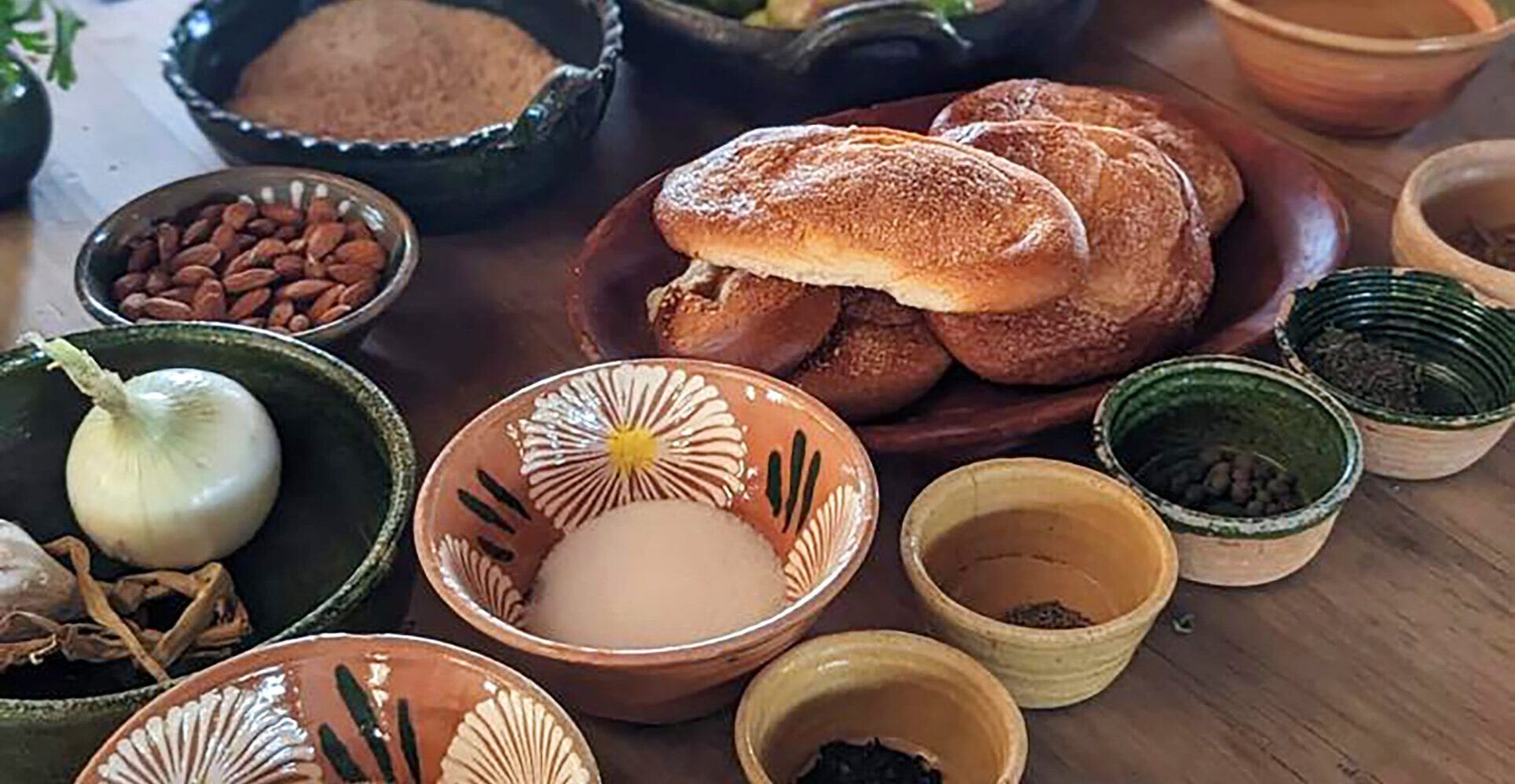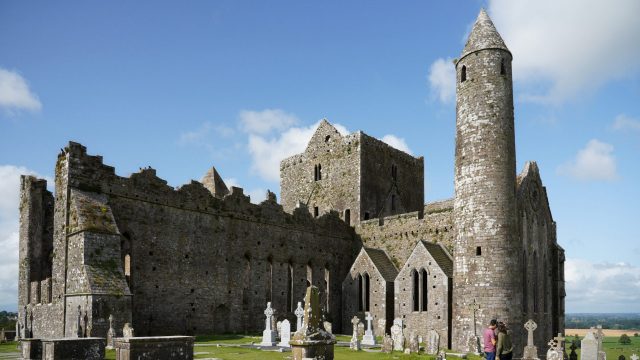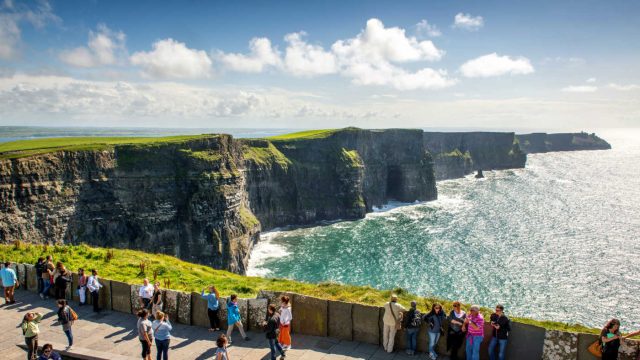Articles found in: Ireland

A Culinary Journey Across Borders: How Food Connects Us to the World
Published on July 28, 2025
A Culinary Journey Across Borders: How Food Connects Us to the World By Cindy Clarke, Tauck Food has long served as a delicious passport to other cultures, revealing the traditions, values, and rhythms of life in cultures around the world. Whether you are hand-rolling pasta in an Italian kitchen with an affable chef, sipping wine […]
Keep reading
Blooming Marvelous!
Published on March 29, 2023
Blooming Marvelous! The Gardens of Britain and Ireland By: Noreen Bowden, CIE Tours The splendid gardens of Britain and Ireland are treasure troves of history and heritage. Many are located on the grounds of the most magnificent castles, palaces, and stately homes, offering a wonderful natural counterpoint to the grand architecture nearby. Let’s explore some […]
Keep readingExploring Irish Heritage
Published on August 16, 2021
Exploring Irish Heritage By Noreen Bowden of CIE Tours A trip to Ireland can be an emotional homecoming for Irish-Americans, as they return to the land of their ancestors. Check out three museums and an online resource that can help unlock visitors’ family history and heritage. Ireland’s tragic history and long legacy of emigration hold […]
Keep reading
Heritage Travel in the UK and Ireland
Published on March 20, 2020
Heritage Travel in the UK and Ireland By Europe Express The United States is home to a spectacular diversity of cultures—cultures that connect us to histories and communities and people across the globe. Every American has a heritage story that takes us beyond our country’s borders and into the wider world. Fueled by television shows […]
Keep reading
How to Get More Out of Seeing the Cliffs of Moher
Published on February 20, 2020
How to Get More Out of Seeing the Cliffs of Moher By Roman Godzich, Director of Content at Sceptre Vacations The spectacular Cliffs of Moher are one of the most popular bucket list destinations. To make your visit the absolute best it can be, check out these tips before you hit the cliffs. Time […]
Keep reading
Where I Fell in Love with Travel
Published on June 28, 2019
The moments that turned us into lifelong explorers. By Tyler Protano-Goodwin, Marketing Executive at Audley Travel In the world of travel we talk a lot about our favorite countries, but what about the places we first fell in love with? The place that changed our idea of travel forever. Where did you realize that […]
Keep reading
